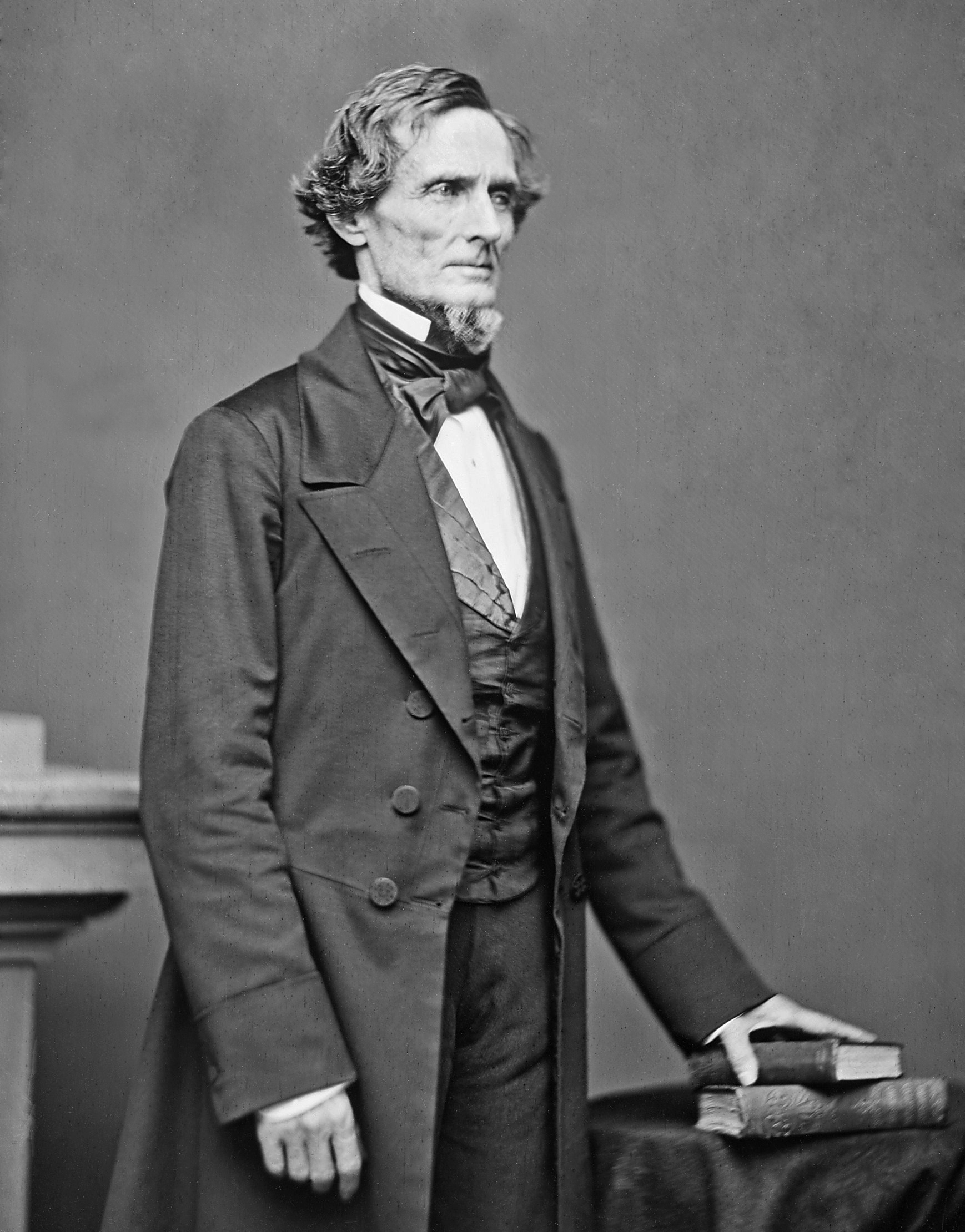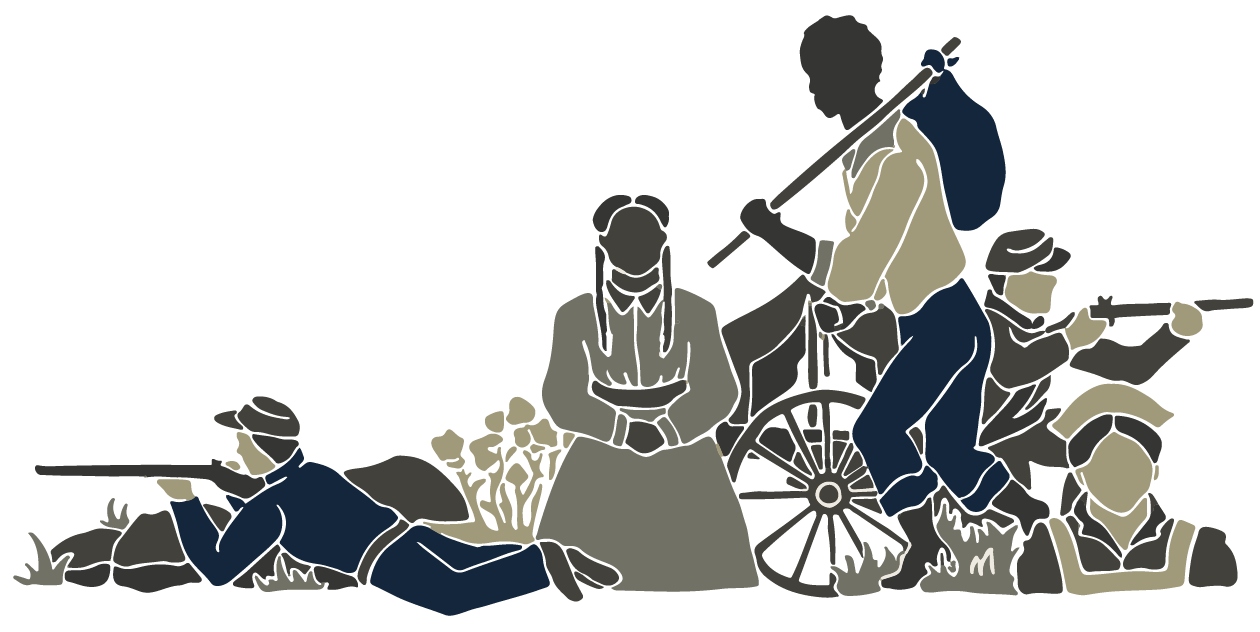By William L. Spotswood
- Leader of the secessionist wing of the Democratic Party known as the “Fire -Eaters”
- Fierce advocate for sectional loyalty over party loyalty and national pride
- Purposefully caused division within the Democratic Party, breaking the last national institution holding the North and South together
“Yancy + Co. were wrong in ‘Firing the Southern heart’ for rebellion.”
John Henning Woods Papers, Volume 1, page 31
The Alabama Platform
Before the bullets and cannonballs of the 1860s, William Yancey’s “Alabama Platform” was a bombshell of its own. With the party beginning to split along sectional lines, William Yancey saw the opportunity to fortify his position among southerners and spark divisiveness among Democrats. It all began during Alabama’s Democratic Convention in May of 1847. While discussing the state’s positions on national issues, William L. Yancey introduced resolutions that would become known as the “Alabama Platform.” Before the convention, Yancey recognized the impact the Wilmot Proviso would have on the South. If passed, this provision would prevent the expansion of slavery into the newly acquired territories from Mexico and contained slavery to strictly the southern states. As a result, slaveholders’ power in Congress would be severely restricted and slavery’s future would be highly uncertain. In response, Yancey’s “Alabama Platform” declared two major things:
1. The Federal government could not restrict slavery in the territories; and
2. Alabama delegates to the National Democratic convention were to vote for no man, President or Vice-President, who would not promise to be opposed to any form of restricting slavery.[i]
These resolutions were adopted by the Alabama’s convention without a single opposing vote. With the support of his home state, Yancey took this platform with him to the 1848 Democratic National Convention as a delegate for Alabama.
The National Democratic Convention of 1848
During the National Convention, Yancey demanded that the Party’s nominee acknowledge that Congress had no right to interfere with slavery in the territories. Otherwise, Yancey believed that the Democratic Party would go against the political equality of its supporters in different sections of the country. Unsurprisingly, the motion got voted down in a landslide, 216-36, but Yancey got what he wanted: A golden opportunity to place himself at the forefront of the southern cause.[ii] In the defining moment of his political career, Yancey and one other delegate from Alabama stormed out of the Convention hall, refusing to support the Democratic candidate. With this great display of disruption, Yancey gave birth to southern sectionalism. By bolting from the convention, Yancey drew a clear line in the sand between himself and the National Party, standing as a symbol for the southern voice that was being ignored and oppressed on the national stage.
So how did we get here???
Yancey’s Path to Disruption
The American Civil War, like most wars, was not an immediate reaction to one event. Rather, the Civil War was the culmination of years of disagreements, agitations, broken promises, and fear. William Yancey storming out of the 1848 Democratic Convention was no different. This was no all-of-a-sudden snap decision. What happened in that moment was the result of years of political maneuvering, lengthy debates, childhood influence, and an underlying need for attention. Like any great politician, Yancey knew that any attention was good attention and this was his time.
Firing the Southern Heart
The 1st Southern Democrat
In 1844, Yancey wrote a letter to Georgia Democrats that affirmed his positions for the rest of his career.[iii] In it, Yancey blasted Whigs and nationalism, but most importantly, Yancey urged southerners to break from the national party in support of the south as its own independent region. For the first time, Yancey pushed for regional unity over party or national unity. As years ticked by, Yancey increasingly turned the discussion into one of southern rights versus a northern adversary, pitting the two sides against each other not as countrymen, but as fierce enemies.
Fire-Eaters
As William Lowndes Yancey’s career unfolded, his influence on the “fire-eater” movement became undeniable. As a whole, the “fire-eaters” were radical southern secessionists that had long worked to create disunion within the United States for political and economic gain. While they were ignored and laughed at in the beginning, this group of politicians became the voice of the south during a critical time in American history. Ultimately, their goal was to protect the institution of slavery. Other fire-eaters such as Robert Rhett and Edmund Ruffin were also influential in their own states, but it was Yancey that had the most visible influence championing the case for states’ rights on the national stage. As years went by, these men quickly realized that the only way to do so was by seceding from the Union and creating their own nation.
The Scarlet Letter
Nearly a decade after his infamous Alabama Platform made waves within the Democratic Party, Yancey’s time for rebellion had come. On June 15th, 1858, Yancey penned a letter to his friend that would forever shape his image and alter the course of history. In it, Yancey says,
No National Party can save us; no Sectional Party can do it. But if we could do as our fathers did, organize Committees of Safety all over the cotton States, we shall fire the Southern heart—instruct the Southern mind —give courage to each other, and at the proper moment, by one organized, concerted action, we can precipitate the cotton States into a revolution.[iv]
Almost immediately, Yancey’s letter was published in every newspaper throughout the country, elevating his views even more. Having now placed himself as the leader of the fire-eater cause, the Democratic Party stood as the last remaining institution holding north and south together. By knocking this national party out of the way, Yancey could finally bring secession into the mainstream of southern politics and achieve an independent southern confederacy once and for all.
The Man and the Hour

Democratic National Convention of 1860
In one of Yancey’s most famous speeches, his address to the 1860 Democratic National Convention, Yancey put on a brilliant display of oratory. In his speech, Yancey repeatedly appealed to the “sovereign states of the Union” to accept the southern platform in hopes of forming a “United South.”[v] After listing countless grievances against the Democratic Party, Yancey gave Northern Democrats a final ultimatum: protect southern rights or there will be disunion. After the Party refused to accept Yancey’s demand, the state delegations from Alabama, Arkansas, Florida, Mississippi, Louisiana, South Carolina, and Texas left the convention, formally dividing the Democratic Party and informally beginning the Confederate States of America.
Birth of a Nation
When Jefferson Davis arrived in Montgomery, Alabama on February 16, 1861, William Lowndes Yancey stood at his side as he spoke from the hotel balcony. As Davis quickly concluded and left, Yancey spread his arms to the cheers and then made some remarks of his own. Yancey’s voice boomed, reminding the elated crowd how he had become so famous. Yancey proclaimed,
“The man and the hour have met,”[vi]
and in that moment, Yancey achieved his goal. The south had seceded, the Confederacy was born. After years of being ostracized and decades of disruption, the radical Alabamian fire-eater was now side-by-side with the president of his nation.
Fizzling Out
During the war, Yancey first served as a Confederate diplomat to Great Britain. Whether Davis believed in his abilities, or simply wanted to get him out of the country, William Yancey would spend the first year of the war overseas trying to achieve recognition from Great Britain. Unfortunately, the mission was a total failure.[vii] Yancey and the other diplomats squandered any opportunity for recognition. With anti-slavery sentiment so strong, the Confederates had but little hope for foreign help. In 1862, Yancey returned to the Confederate Senate where he would do little but complain that Alabama’s men were being treated unfairly. Tragically during the summer of 1863, Yancey’s health would catch up to him. Returning home to Alabama in May, Yancey would die of kidney disease on July 27th, 1863, never getting to see the fate of his Confederate nation.[viii]

Failed Revolutionary
While reading the journals of John Henning Woods, Yancey’s name is only mentioned briefly. However, the reference is concentrated, direct, and powerfully stinging. Clearly, Woods saw William Yancey as the leader of the fire-eater movement; as a physical representation of everything that was wrong with the southern elite. This forceful accusation came across as surprising, not because of the blame cast on southern planters, but rather because the blame was cast on a man no one has ever heard of. In researching the life of William Lowndes Yancey, Yancey’s role in secession is undeniable. As a fire-eater, Yancey perhaps played his role better than any other politician, living in disruption and exceeding in opportunities to spread the secessionist message. However, regardless of his impact on antebellum politics, Yancey remains relatively forgotten. Ultimately for Yancey, his revolution failed. Not only did the Confederacy fail, but his role in the Confederate government was underwhelming to say the least. He botched any attempt at diplomatic efforts, his Senate position was relatively inconsequential, and he unfortunately died before seeing the war to its end. These factors combine to result in Yancey being somewhat lost to history. While he was extremely important to people across the southern states in his time, Yancey is left remembered as a loud-mouth politician fighting on the losing side of history.
Further Reading
Alto L. Garner and Nathan Stott, “William Lowndes Yancey: Statesman of Secession,” The Alabama Review, July 1962, Alabama Historical Association.
Eric H. Walther, William Lowndes Yancey and the Coming of the Civil War, Chapel Hill: University of North Carolina Press, 2006.
John W. Dubose, The life and times of William Lowndes Yancey: A history of political parties in the United States, from 1834 to 1864; especially as to the origin of the Confederate states, New York: Peter Smith, 1942.
William Barney, “The Road to Secession: A New Perspective on the Old South,” New York, Praeger Publishers, 1972.
Footnotes
[i]John W. Dubose, The life and times of William Lowndes Yancey: A history of political parties in the United States, from 1834 to 1864; especially as to the origin of the Confederate states (New York: Peter Smith, 1942), 212.
[ii]Eric H. Walther, William Lowndes Yancey and the Coming of the Civil War (Chapel Hill: University of North Carolina Press, 2006), 109.
[iii]Eric H. Walther, William Lowndes Yancey and the Coming of the Civil War, 72.
[iv]John W. Dubose, The life and times of William Lowndes Yancey, 376.
[v]William L. Yancey, Speech of the Hon. William L. Yancey, of Alabama: delivered in the National Democratic Convention, Charleston, April 28th, 1860. With the protest of the Alabama delegation, 8.
[vi]Walther, 295.
[vii]Walther, 325.
[viii]Walther, 370.
About the Project
This page was created as part of an undergraduate research seminar taught in the Virginia Tech History Department by Professor Paul Quigley in Fall 2017. Views and opinions belong to the student authors.
Return to The John Henning Woods Online Exhibit main page.


